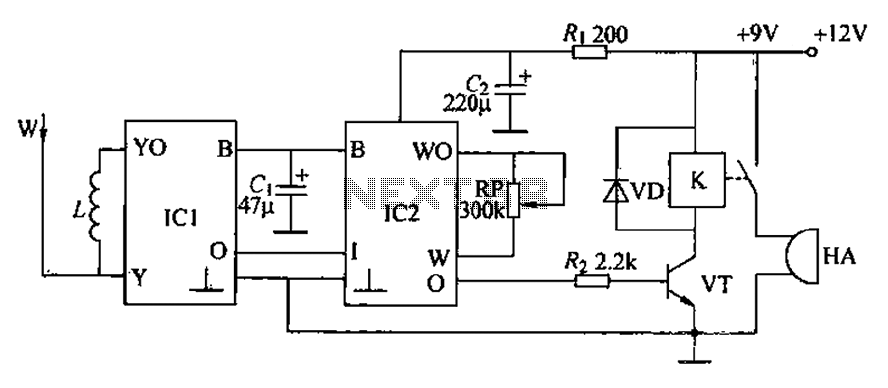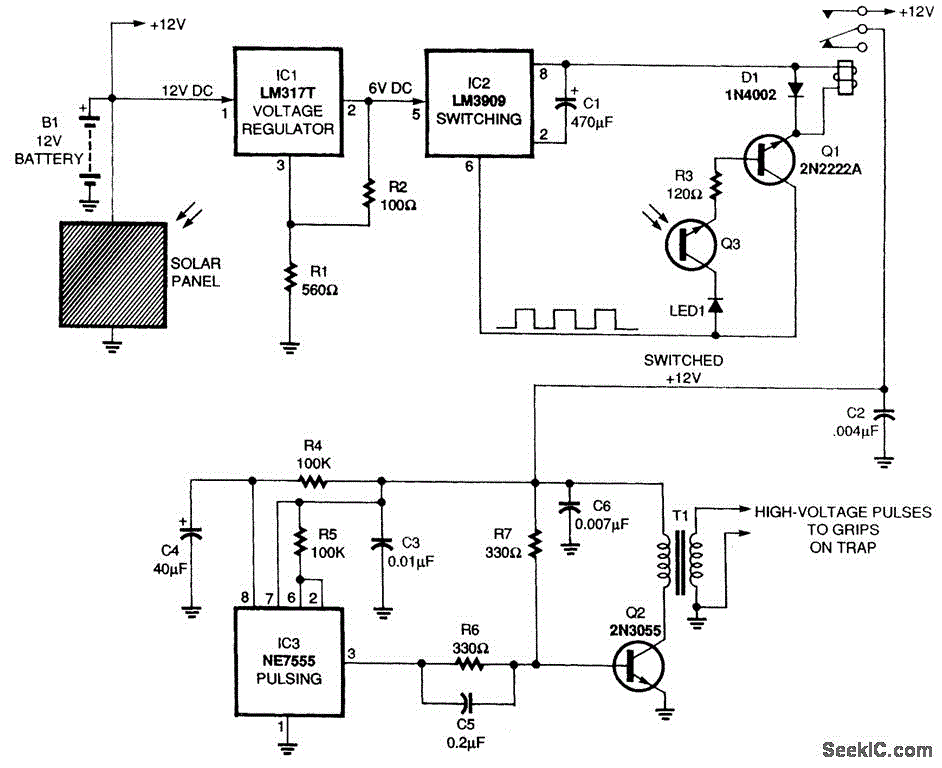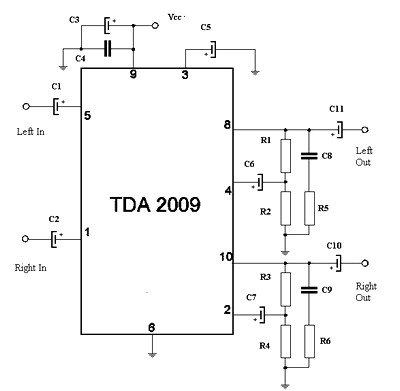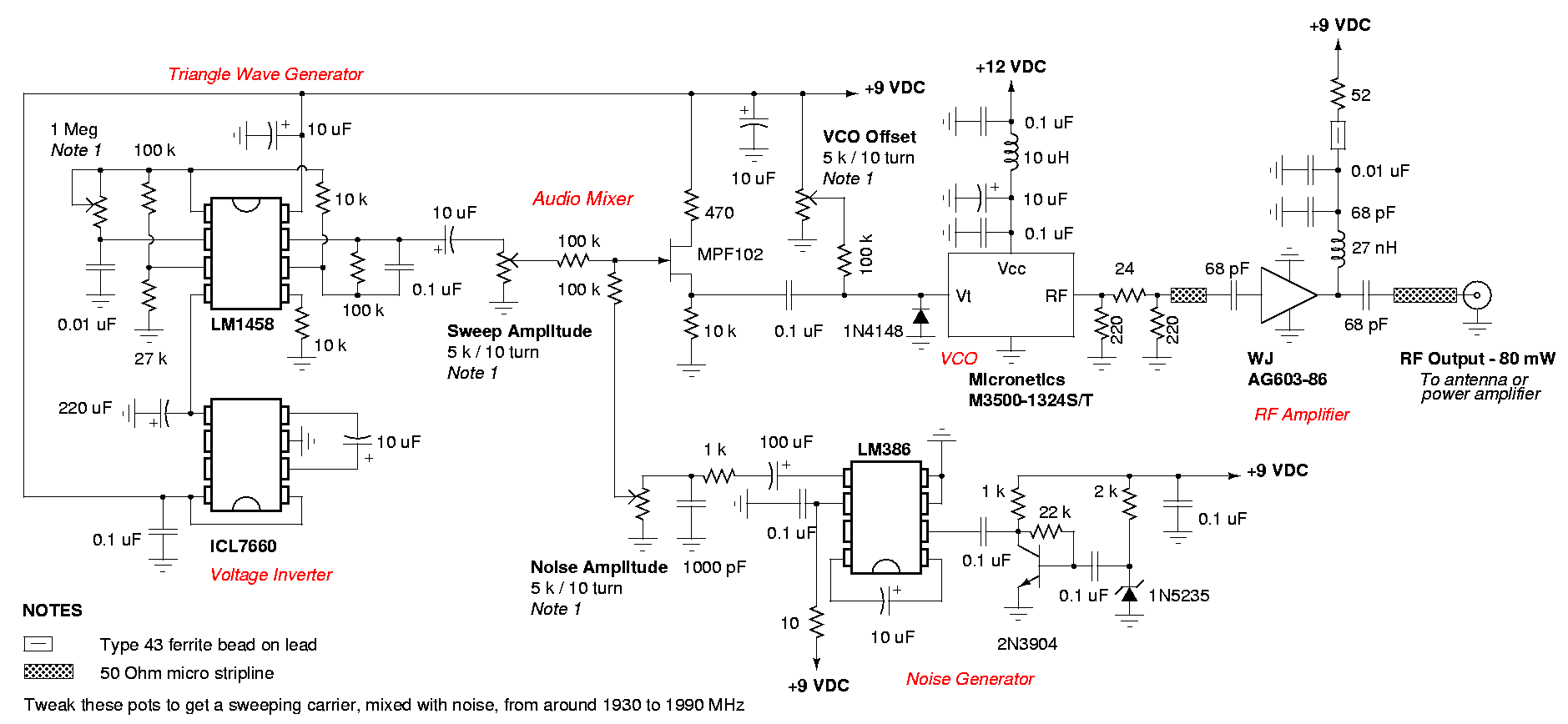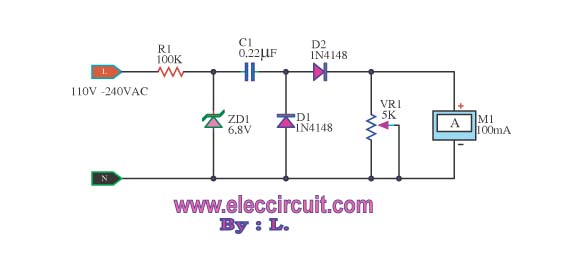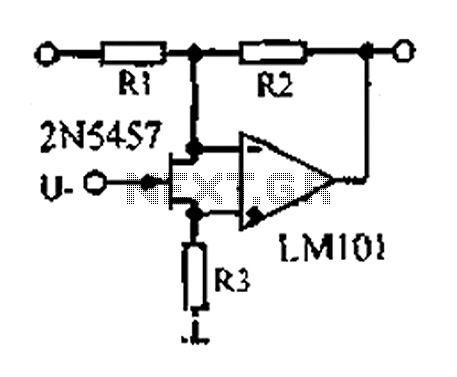
Power amplifier circuit diamond differential input

The power supply circuits for servo systems are critical during both the adoption and operational stages.
The power supply circuit for servo systems is designed to provide stable and adequate voltage and current levels necessary for the servo motors to function effectively. During the adoption stage, the circuit must ensure that the servos receive the correct power to facilitate initial testing and integration into the system. This involves using voltage regulators to maintain a constant output voltage despite variations in input voltage or load conditions.
In operational stages, the power supply must be capable of handling dynamic loads as servo motors often experience rapid changes in current demand during operation. This can be achieved through the use of capacitors for smoothing out voltage fluctuations and inductors to filter out noise. Additionally, protection circuits such as fuses or circuit breakers should be implemented to prevent damage from overcurrent situations.
Furthermore, it is essential to consider the power supply's efficiency, as excessive power loss can lead to overheating and reduced performance. Utilizing switching regulators instead of linear regulators can enhance efficiency, especially in battery-operated applications where power conservation is critical.
In summary, the design and implementation of the power supply circuits for servo systems are essential for ensuring reliable performance throughout both the adoption and operational stages, requiring careful consideration of voltage regulation, load handling, and overall efficiency. Before and after the adoption stage and servo circuits are power supply.
The power supply circuit for servo systems is designed to provide stable and adequate voltage and current levels necessary for the servo motors to function effectively. During the adoption stage, the circuit must ensure that the servos receive the correct power to facilitate initial testing and integration into the system. This involves using voltage regulators to maintain a constant output voltage despite variations in input voltage or load conditions.
In operational stages, the power supply must be capable of handling dynamic loads as servo motors often experience rapid changes in current demand during operation. This can be achieved through the use of capacitors for smoothing out voltage fluctuations and inductors to filter out noise. Additionally, protection circuits such as fuses or circuit breakers should be implemented to prevent damage from overcurrent situations.
Furthermore, it is essential to consider the power supply's efficiency, as excessive power loss can lead to overheating and reduced performance. Utilizing switching regulators instead of linear regulators can enhance efficiency, especially in battery-operated applications where power conservation is critical.
In summary, the design and implementation of the power supply circuits for servo systems are essential for ensuring reliable performance throughout both the adoption and operational stages, requiring careful consideration of voltage regulation, load handling, and overall efficiency. Before and after the adoption stage and servo circuits are power supply.
